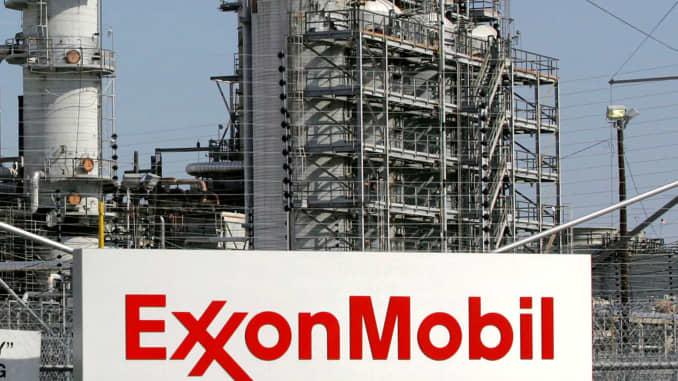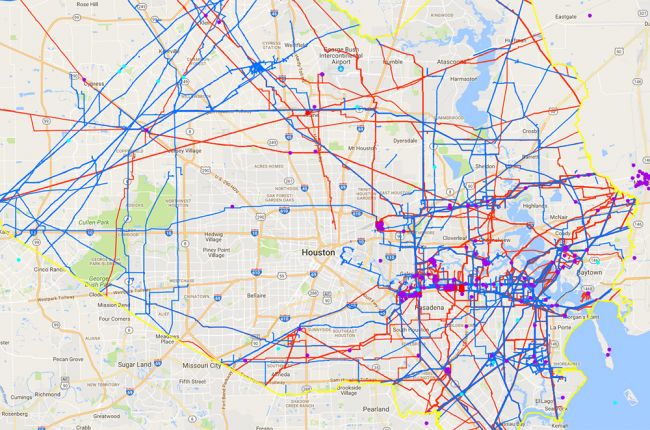
https://www.petroleumafrica.com/opec-launches-2020-edition-of-the-world-oil-outlook/
The 2020 OPEC World Oil Outlook (WOO) was launched Thursday in
Vienna, Austria, providing the OPEC Secretariat’s in-depth look at the
unprecedented scale and impact of the COVID-19 pandemic on the global
energy and oil markets, an assessment of the medium- and long-term
prospects, as well as analysis of various alternative scenarios and
sensitivities that have the potential to impact the petroleum industry
in the years ahead.
The WOO for the first time extends its outlook to 2045, providing an
additional five-year window to examine developments in energy and oil
demand, oil supply and refining, the global economy, policy and
technology developments, demographic trends, environmental issues and
sustainable development.
In the foreword to the 14th edition, His Excellency Mohammad Sanusi
Barkindo, OPEC Secretary General, highlighted that the publication was
published at a defining moment in the history of OPEC, a year marked by
the COVID-19 crisis and the Organization’s 60th anniversary.
“In a year without precedent, we are very proud to bring you this
exceptional edition of the WOO with the hope that it enriches the global
energy dialogue and inspires closer cooperation,” the Secretary General
said. “As we turn an important page in our history, OPEC’s commitment
to securing an efficient, economic and steady supply of oil to consuming
countries, and providing essential support to the global economy, is as
unshakable today as it was when the Organization was founded 60 years
ago.”
The videoconference launch also featured remarks by Dr Rainer Seele,
CEO of the Austrian oil and gas company OMV, and Dr Jonas Puck, Academic
Director of the MBA in Energy Management programme at the Executive
Academy of the Vienna University of Economics and Business.
This year’s edition of the WOO also examines the bold and decisive
actions taken by 23 OPEC and non-OPEC oil-producing countries in the
Declaration of Cooperation (DoC) in response to the unprecedented market
challenges resulting from the pandemic-related economic slump. The DoC
committed to the largest and longest-ever oil production adjustments,
which have helped to restore market stability since the second quarter
of 2020 and provide a platform for recovery.
The WOO 2020 launch represents the culmination of months of planning,
writing, review and production under unique circumstances. OPEC’s
flagship annual publication was in large part carried out remotely,
reflecting the global impact of COVID-19 on work environments and
travel.
Like its predecessors, the WOO 2020 should be viewed as a helpful and
insightful reference tool, one that underscores OPEC’s commitment to
knowledge-sharing and data transparency. It also is intended to enrich
the global energy dialogue and inspire closer cooperation – the
hallmarks of OPEC’s 60-year record of success.
OPEC was founded by Iran, Iraq, Kuwait, Saudi Arabia and Venezuela on
14 September 1960 during a ceremony at the Al-Shaab Hall in Baghdad,
Iraq. The Organization today comprises 13 Member Countries and the OPEC
Secretariat is located in Vienna, Austria.
Highlights from this year’s WOO include:
Despite the large drop in 2020, global primary energy demand is
forecast to continue growing in the medium- and long-term, increasing by
a significant 25% in the period to 2045.
All forms of energy will be needed to support the post-pandemic recovery and to address future energy needs.
Oil is expected to retain the largest share of the energy mix throughout the outlook period, accounting for a 27% share in 2045.
Natural gas will be the fastest-growing fossil fuel between 2019 and
2045 and, after oil, will remain the second-largest contributor to the
energy mix in 2045 at 25%.
‘Other renewables’ – combining mainly solar, wind and geothermal
energy – will grow by 6.6% p.a. on average, significantly faster than
any other source of energy.
Assuming that the COVID-19 pandemic is largely contained by next
year, oil demand is expected to partly recover in 2021 and healthy
demand growth rates are foreseen over the medium-term horizon.
Globally, oil demand is projected to increase from nearly 100 mb/d in 2019 to around 109 mb/d in 2045.
In OECD countries, oil demand is expected to plateau at around 47
mb/d during the period 2022-2025 before starting a longer-term decline
towards 35 mb/d by 2045.
In contrast, demand in non-OECD countries is projected to rise by
22.5 mb/d over the forecast period, from nearly 52 mb/d in 2019 to 74
mb/d in 2045.
India is expected to be the largest contributor to incremental demand, adding around 6.3 mb/d between 2019 and 2045.
Oil demand in road transportation will continue to dominate the
sectoral breakdown, but the largest growth will come from
petrochemicals.
Oil demand in the aviation sector was most affected by COVID-19
restrictions in relative terms, but is projected to partly recover in
2021 and will continue growing thereafter.
US tight oil is expected to recover quickly as market conditions
improve, but is not likely to reach heights projected in previous
Outlooks.
Looking further ahead, non-OPEC supply will decline again after US
tight oil peaks around 2030 while OPEC liquids will fill the gap, rising
by around 10 mb/d to 44 mb/d by 2045.
The downstream has come under enormous pressure due to declining
demand. This will likely force a wave of refinery closures, especially
as new capacity comes online in the Asia-Pacific and Middle East &
Africa regions.
The global oil sector will need cumulative investment of $12.6
trillion in the upstream, midstream and downstream through to 2045.
Traded volumes of oil are expected to grow only modestly in the
long-term, in line with supply patterns. However, the Middle East’s
share of global crude and condensate trade will rise robustly during the
second part of the forecast period.
Crude and condensate flows between the Middle East and Asia-Pacific
remain the most important oil trade link, with volumes increasing from
around 15 mb/d in 2019 to nearly 20 mb/d in 2045.
The Asia-Pacific region is forecast to remain the most important
crude oil importing region throughout the forecast period, with imports
rising by more than 6 mb/d.
Technological advancements are set to shape the global energy
landscape while public policies relating to energy demand and supply are
expected to become more stringent over the forecast period.
Enhanced global collaboration is vital to address the challenge of climate change.
International cooperation could allow a more coherent, balanced and
integrated approach for realizing the Paris Agreement goals and
interlinked sustainable development aspirations.
The WOO 2020 is available via two digital interfaces, the OPEC WOO
App and a comprehensive interactive version, which can be accessed at
woo.opec.org.




















